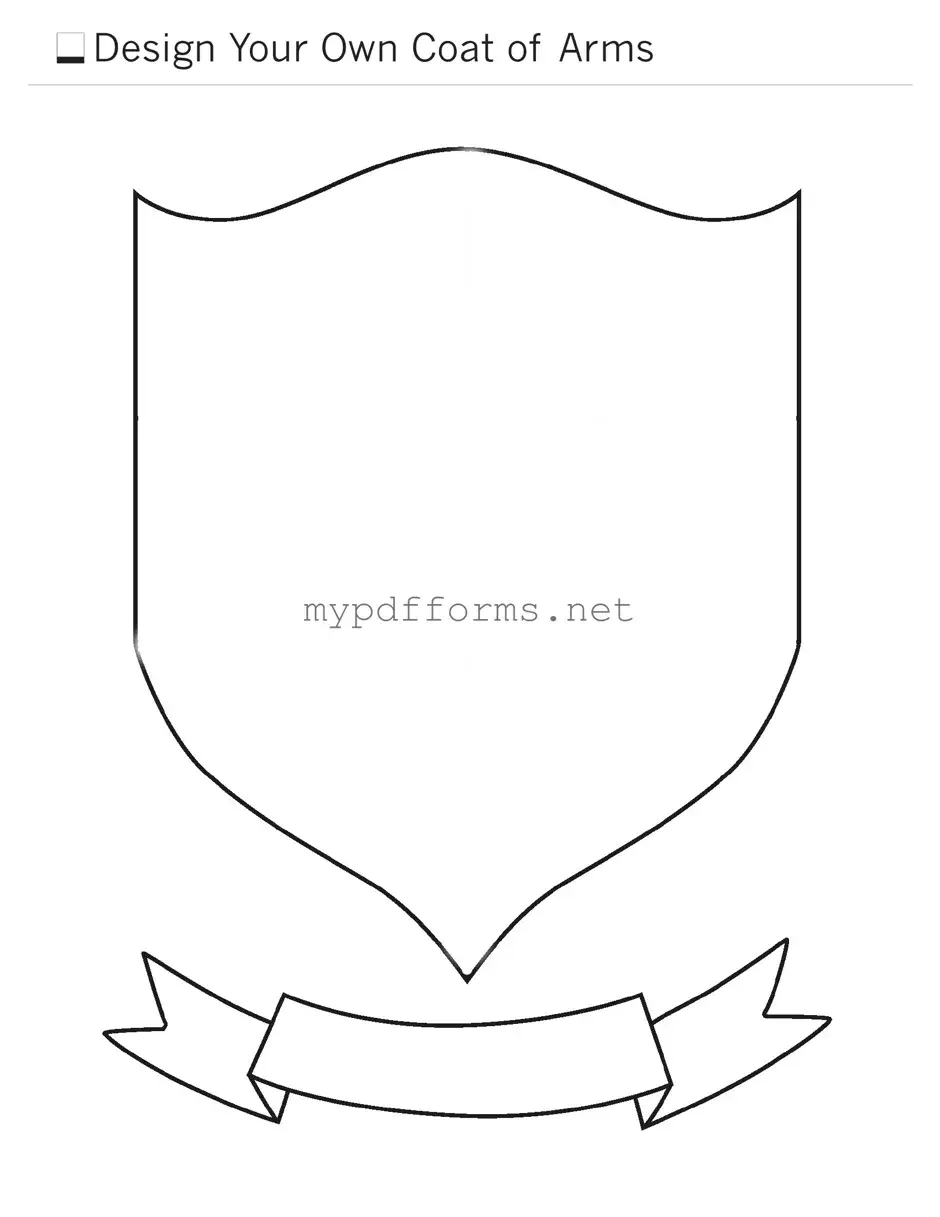The Coat of Arms form serves as a vital document for individuals and organizations seeking to formally register their heraldic symbols. This form typically requires detailed information about the design elements, including colors, symbols, and mottos that represent the identity and values of the applicant. Applicants must provide a clear description of the coat of arms, ensuring that each component is explained in terms of its significance and historical context. Additionally, the form often includes sections for the applicant’s personal or organizational background, which helps to establish the legitimacy and purpose of the coat of arms. Furthermore, the submission process may involve a review by a heraldic authority, ensuring that the design adheres to established heraldic principles and traditions. Overall, the Coat of Arms form is not merely a bureaucratic requirement; it is a meaningful step in preserving cultural heritage and identity through heraldry.
